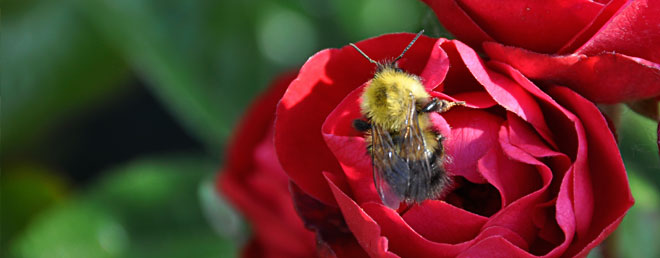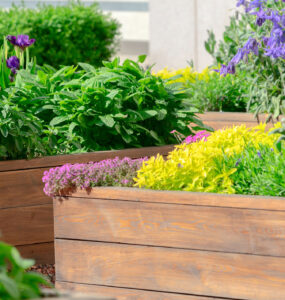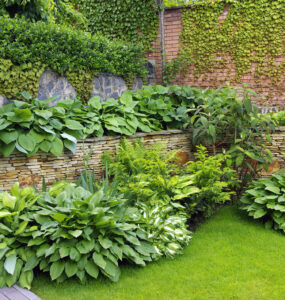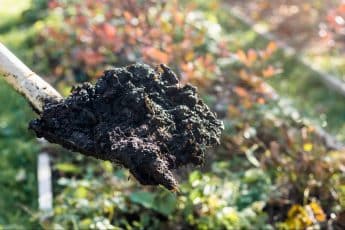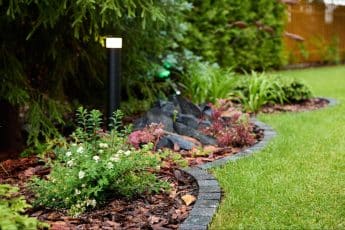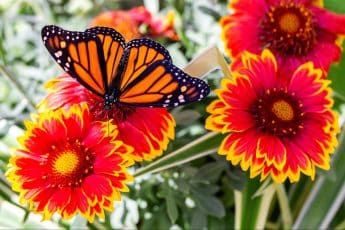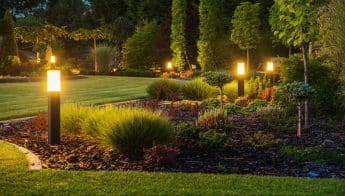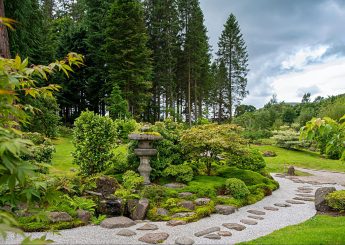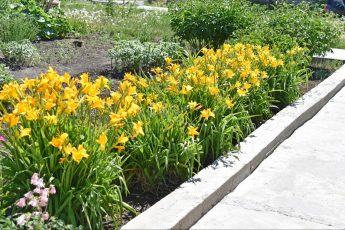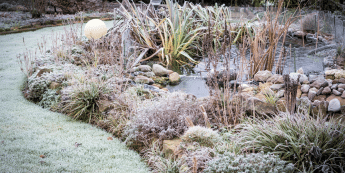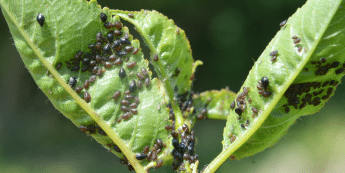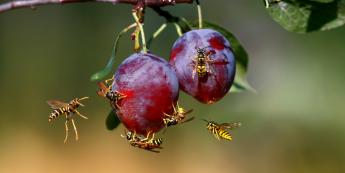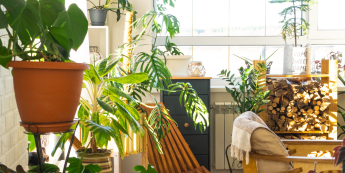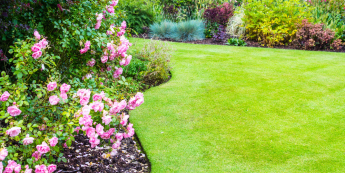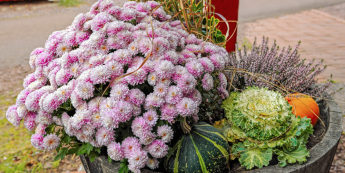Give our Bees a Break
by Rob Sproule
When I was young the sound of a still, sunny, summer day in the garden was the intoxicating buzz of bees, dancing among the flowers on their busy errands. I would follow them from bloom to bloom, watching how they scooped as much pollen onto their legs as they could before they went buzzing off again, wobbling in the air like an overloaded plane.
Today, our garden is quiet. This spring, when the apple, sour cherry, and apricot trees opened up into their full glory there were precious few bees floating between the blossoms. Canada’s pollinators, especially the humble bee, are in trouble thanks to habitat lose, overuse of pesticides, and disease.
Here in Sherwood Park, we can do our part to make sure that still summer days keep buzzing as they once did.
Make your Garden Bee-friendly
Gardeners are starting to think of bees like they think of birds. There aren’t enough to go around, so we need to entice them. The more food we give them, the more food they give us. Without bees, our apple trees, raspberry patches and strawberry pots would be bare.
Bees prefer sunny areas that are sheltered from the wind. The middle of a yard that is surrounded by trees and houses is the ideal place for a bee-friendly flower bed.
Plant your bee-friendly plants in clusters of at least 3 plants. A bee will always buzz towards a group of plants over a single one. Try to plant a variety of flowers and make sure to include different shapes. Different species of bees are attracted to different shapes of flowers.
Luckily, bees are attracted to the same colourful, vibrant flowers that you’re attracted to. They love colour, especially violets, so don’t be bashful about planting flowers that steal the show!
Bees love local perennials much more than exotic annuals. Some of the best plants to attract them are Black-Eyed Susans, Lilacs, Echinacea, Rhododendrons, and Sunflowers. Try to plant groupings of perennials that will bloom in stages throughout the summer.
Don’t Poison the Bees
Every garden has its own food chain, with prey and predators scouring, feeding, and hunting. When aphids appear there’s a good chance that ladybugs will appear shortly after. Pests come first and often send us panicking, but beneficial, predatory insects almost always follow.
Strong pesticides disrupt this ecosystem by killing all insects, prey and predators, indiscriminately. While they wipe out your aphids, they also wipe out the ladybugs, which take a lot longer to bounce back than the more primitive pests.
Spraying pesticides kills bees, as well. It collects on the flowers and accumulates in their bodies as they buzz from one blossom to the next. Never spray pesticides on a tree that is in bloom, and if you must use chemicals, start with the least toxic (like Horticultural Oil), and go from there.

